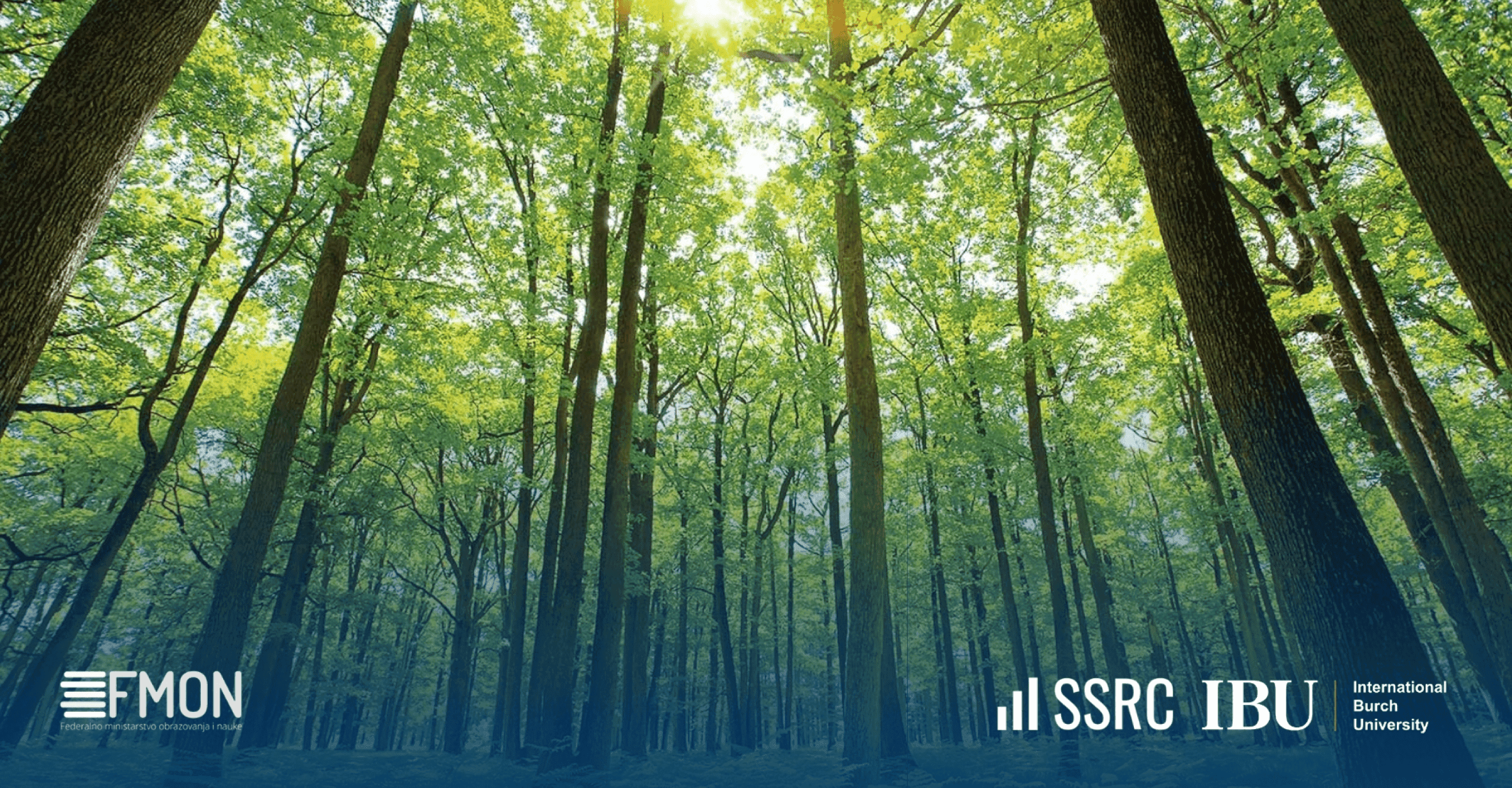Natura 2000 is a comprehensive network of protected areas spanning across the European Union (EU) member states, established under the Birds Directive and the Habitats Directive. The primary purpose of Natura 2000 is to conserve and sustainably manage Europe's most valuable and threatened species and habitats. This ambitious initiative aims to ensure the long-term survival of diverse ecosystems by designating and safeguarding areas crucial for biodiversity.
Although Natura 2000 contains excellent goals, the countries it covers have not yet managed to fully implement these goals. The main reasons for this are the conflict of economic interests, an outdated system for selecting areas for protection, and, finally, unintentionally excluding local stakeholders and communities from the Natura 2000 selection procedures.
Economic Interests vs. Conservation Goals
The conflict between the objectives of conservation and commercial interests is a significant barrier to the effective execution of Natura 2000. Economic sectors that are vital to the country's prosperity, such as forestry, construction projects, and agriculture, frequently clash with Natura 2000's conservation requirements.
An illustrative case is the Kaliakra zone in Bulgaria, where a lack of effective communication triggered criticism regarding a development project. The project included the construction of wind turbines and a golf course in an area designated for protection under Natura 2000. This clash exemplifies the challenges arising when economic endeavors encroach upon ecologically sensitive zones, leading to concerns about the potential impact on biodiversity and the effectiveness of conservation efforts.
Furthermore, Bulgaria is not the only country where there is a clash between economic interests and conservation ideals. Similar instances occur in a number of EU member states, indicating a larger trend of issues that require addressing. Conflicts in the agriculture industry can result from perceived limitations on conventional farming methods. Farmers may feel that the Natura 2000 rules are an encroachment on their rights to a sustainable living, which might have negative effects on the economy if they have to comply. Conflicts arise in the forestry industry as a result of protected areas restricting logging and resource extraction, which presents difficulties for businesses that depend on these operations.
In the past, larger ecological concerns were neglected in favor of concentrating on rare or flagship species. An example of this would be the designation of a protected area without taking into account the complex interactions and interdependence within the entire ecosystem, based only on the existence of a rare species. This strategy could lead to dispersed conservation efforts that neglect to take into account how species and ecosystems are interdependent.
Outdated Selection Processes and Conservation Science
With the development of conservation science, it became clear that a more comprehensive strategy was needed to preserve biodiversity. The preservation of entire ecosystems and the advancement of ecological connection across habitats have taken precedence over the preservation of individual species. Outdated systems sometimes lacked the adaptability necessary to address new risks, such as climate change. Early selection procedures were static, which made it difficult to include adaptive management techniques and limited the capacity to adjust to changing environmental conditions. In hindsight, the shortcomings of outdated selection processes underscore the necessity for ongoing refinement.
The Importance of Inclusivity and Local Engagement
It's possible that the previous Natura 2000 selection procedures unintentionally excluded local stakeholders and communities, making it more difficult to fully comprehend the social and economic aspects of suggested protected areas.
The lack of inclusivity might have contributed to a disconnect between the objectives of Natura 2000 and the priorities of local stakeholders. The absence of meaningful engagement can lead to misunderstandings and, in some cases, undermine the credibility of the conservation initiative. In Greece, conflicts arose in the Prespa Park region due to insufficient involvement of local communities in decision-making processes. Disputes emerged over land use restrictions and the perceived impact on traditional livelihoods, illustrating the consequences of overlooking local perspectives.
The lessons learned from this sort of circumstances underscore the need to promote inclusive, collaborative methods in the identification and administration of Natura 2000 areas. Stakeholder involvement that works is essential to gaining support, resolving issues, and guaranteeing the long-term viability of conservation efforts. In the Netherlands, conflicts arose in the Oostvaardersplassen, a Natura 2000 site, due to the perceived neglect of local interests in the management of large herbivore populations. The lack of inclusivity led to public protests and debates over the balance between conservation goals and the well-being of the local ecosystem.
Recommendations for Improvement
While Natura 2000 stands as a commendable initiative aimed at conserving and sustainably managing Europe's invaluable biodiversity, it faces significant challenges in achieving its ambitious goals. Past neglect of larger ecological concerns in favor of rare species illustrates the need for a more comprehensive approach that recognizes the interdependence of entire ecosystems. Recommendations include enhancing communication and collaboration between conservation authorities, economic sectors, and local communities. Updating selection processes to incorporate dynamic ecological considerations and adaptive management strategies is crucial. Additionally, promoting awareness and education about the importance of Natura 2000 among the general public will contribute to fostering a shared commitment to biodiversity conservation. Recognizing the need for continual refinement and improvement, stakeholders must collectively strive to navigate these challenges and ensure the long-term viability of this vital conservation initiative.

